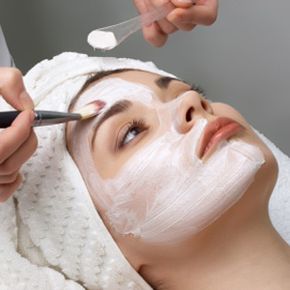Look around your kitchen and you'll find a handful of natural health remedies, from cough-soothing honey to puffy eye-reducing cucumbers. In fact, your refrigerator may hold a real-life fountain of youth: milk. It contains lactic acid, which is the key to healthy, smooth skin.
Lactic acid is an alpha hydroxy acid (AHA). AHAs are acids derived from foods, and, as it turns out a type of acid that's safe to apply to our skin. Citric acid, for example, from citrus fruits (lemons, oranges, etc.) is an alpha hydroxy acid. Lactic acid is found in sour milk, but you may have also heard of or tried other AHAs, such glycolic acid, from sugar cane, which is also a popular ingredient in anti-aging topical skin care products.
Advertisement
AHAs applied topically and regularly to your skin help reduce the appearance of aging, and they can be an especially good remedy against fine lines, wrinkles and other signs of premature aging from sun damage. Let's talk about five important benefits -- and the drawbacks -- of adding lactic acid to your skin-care routine, beginning with improved skin texture.
